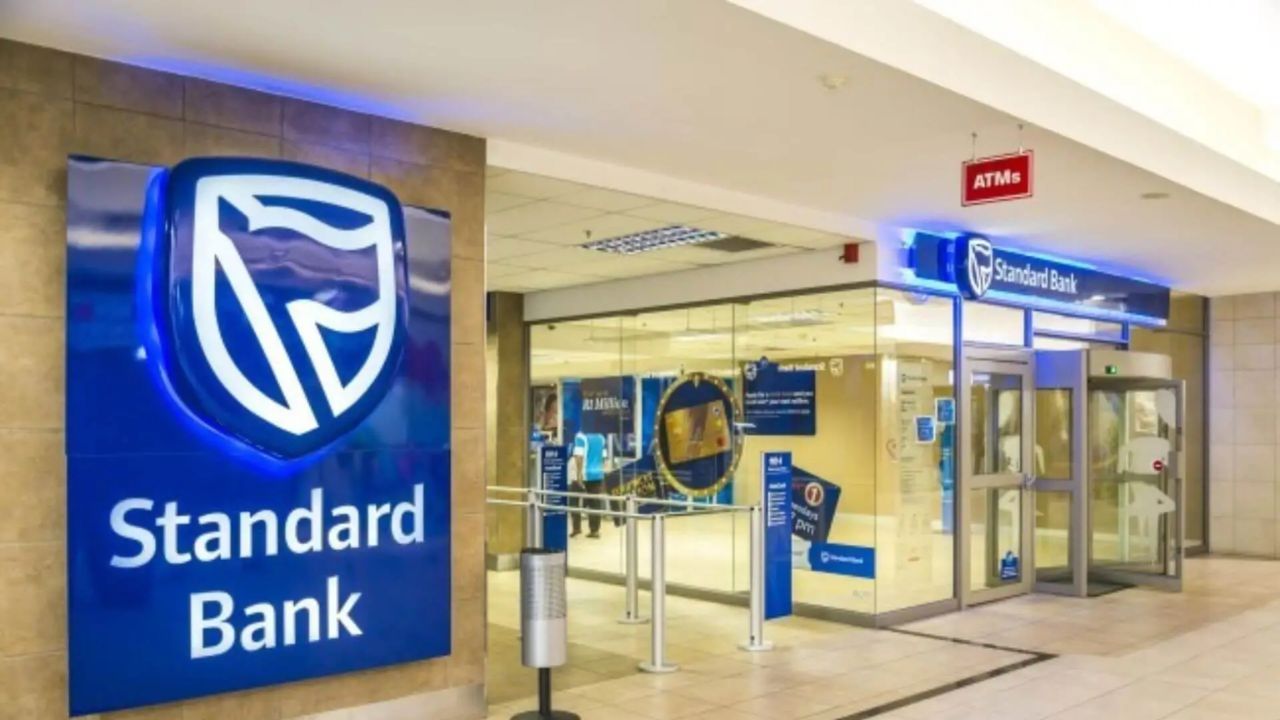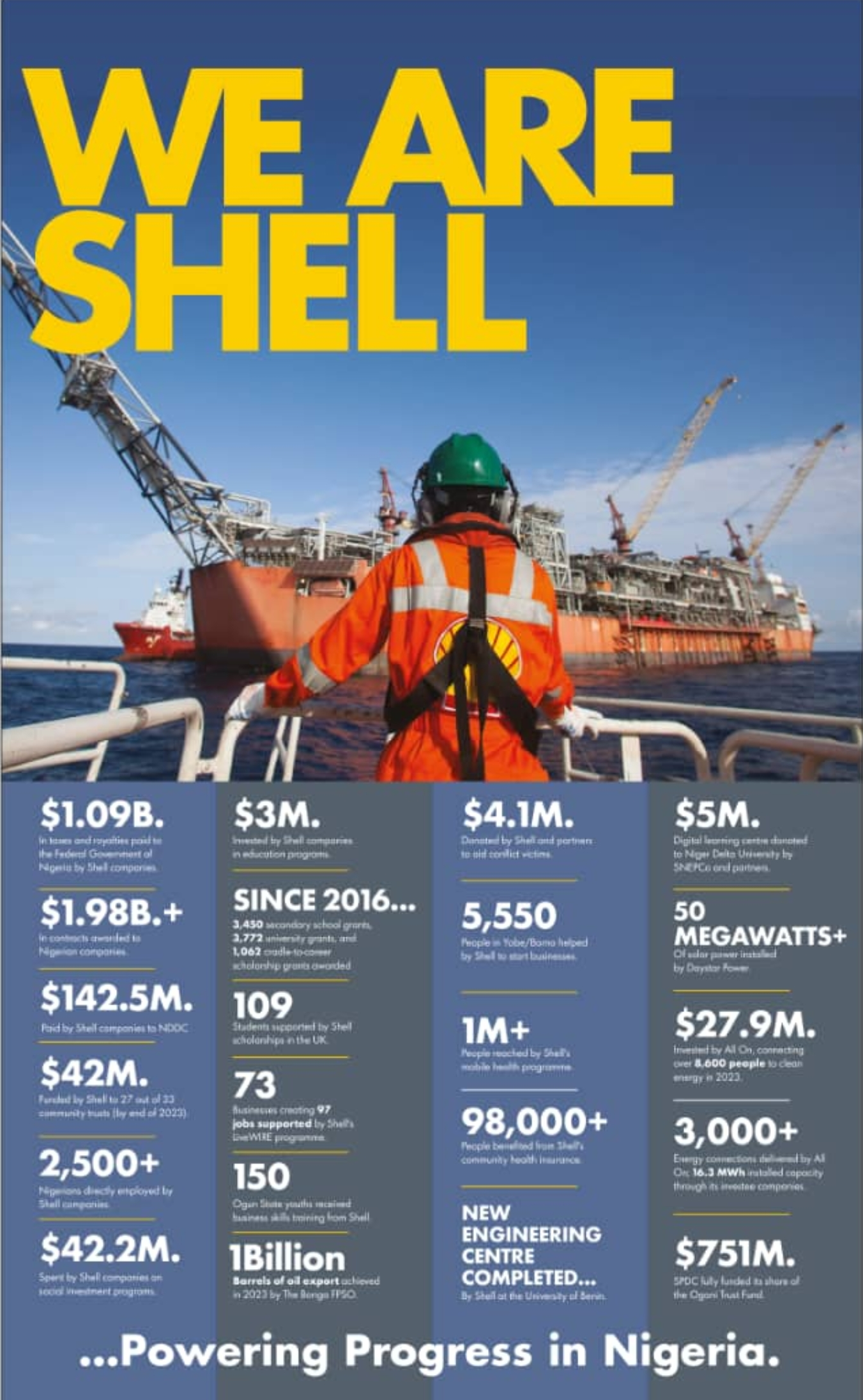Standard Bank has predicted $5.05 billion in funding inflows into the economy in the second half of the year.
Using estimates from Nigeria’s past Eurobond issuances, it forecasted that the federal government may issue between $3 billion and $5 billion in a dollar-denominated local bond.

This was just as a separate report by Renaissance Capital Africa (RenCap) estimated that N4.1 trillion additional capital injection would be required by banks to comply with the banking recapitalisation.
The Standard Bank report further based its assumptions on the $1.05 billion the country was expected to receive as balance from the Nigerian National Petroleum Company (NNPC) crude pre-payment facility ($3.30 billion) in May, adding that the Afreximbank had verified the availability of crude oil in relation to the facility.
The report highlighted current exchange rate volatility, stating that the Naira appreciated for most of April almost as quickly as it depreciated earlier in the year.
It explained that recent FX volatility might have been caused in part by the rise of geopolitical tensions in mid-April when Iran launched drone strikes at Israel, which likely prompted foreign investors to sell Naira assets in a flight to safety.
It stated that the investment landscape may have been negatively impacted when recently concluded World Bank/IMF meetings, in Washington D.C, the Central Bank of Nigeria (CBN) Governor, Mr. Olayemi Cardoso, flagged the apex bank as not intervening in the FX market.
The Standard Bank report however, pointed out that, “This may have been interpreted negatively during times that intervention is clearly needed to boost investor confidence and support the naira, while also assisting price discovery.
“Still, the exchange rate premium between the official and parallel market rates has reverted to pre-COVID levels due to CBN FX market liberalisation and the FMDQ change in FX computation methodology ensuring the official exchange rate as reflecting market realities.
“FX inflows into the Nigerian Autonomous Foreign Exchange Market (NAFEM) continue to improve up to pre-COVID levels, supported by an increase in foreign inflows to levels not seen since February 20.
“However, these inflows snapped two consecutive months of increase, declining by 48.1 per cent month/month, to $1.95 billion in April, after reaching a 50-month high of $3.75 billion in March.
“This decline reflects the loss of momentum in foreign inflows (-68.9 per cent m/m, to $478.10 million) and inflows from local sources (-33.6 per cent month/month, to USD1.47 billion).”
The report however, predicted the Naira to close at N1,219.32/$ by December 24 as well as higher inflationary pressures, and warned that increased risk-off sentiment, due to heightened geopolitical uncertainties, may reduce the FPI inflows that have been supporting the naira in recent weeks.
It added, “Importantly, we also factor in our inflation and interest rate projections into December. Further, we assume the CBN as maintaining intermittent FX supply to commercial banks and Bureau De Change (BDC) operators.
“Currency movements will likely be volatile because FX demand pressures will likely resurface intermittently, particularly in the summer.
“We adjust our currency forecast to reflect this new reality as well as expectations of the naira receding further this year.
“The CBN’s communication and transparency has improved significantly since the first MPC meeting in February. The CBN has been engaging investors and stakeholders on its actions and forward guidance regarding monetary policies.”
Standard Bank further noted that it expected the Monetary Policy Committee (MPC) to increase the MPR further, by 100 bps, when it meets on May 20, as inflation was likely to rise further in April and peak in May, based on the bank’s current estimates.
It said, “The Board of the World Bank will reportedly meet on 13 June to consider the final approval of Nigeria’s request for a $2.25 billion financing package, comprising $1.50 billion.
“Development Policy Financing (in two equal tranches of $750 million) and $750 million in Programme-for-Results financing.
“Under the Development Policy Financing, the first tranche will be disbursed immediately after World Bank board approval and the government requests a drawdown. However, the second tranche disbursement will be based on implementation of reforms and while the World Bank assesses the macroeconomic policy framework as adequate for budget support.”
The report noted the recent decline in gross FX reserves by $2.3 billion, from the year-to date peak of $34.45 billion on March 18, to $32.15 billion as of April 26.
It said, “We view the recent decline in FX reserves as partly due to the repayment of existing debt obligations and the CBN resuming FX sales to support the naira. The key risks to our currency forecast include (1) fiscal authorities returning to the use of the CBN’s overdraft facilities amidst an expansionary budget; (2) a U-turn of CBN’s tightening stance, leading to a wider negative real interest rate gap, though this seems unlikely; (3) a significant dip in crude oil production, lowering USD earnings and potentially causing the CBN to reduce FX sales to BDCs and NAFEM; and (5) inflation overshooting our expectations meaningfully.”
Meanwhile, the RenCap report estimated that N4.1 trillion additional capital injection could be required by banks to comply with regulatory standards. The amount constituted 61.3 per cent of the market capitalisation of banks listed on the Nigerian Exchange Group (NGX) and 6.8 per cent of the NGX’s overall market capitalisation.
Furthermore, the report foresaw the emergence of more regional banks as banks with national licences adjust their coverage to align with their capital adequacy.
Following the Central Bank of Nigeria’s (CBN) updated guidelines, all banks were mandated to bolster their equity capital. Under the current review, commercial banks with international banking licences would have to raise their minimum capital to N500 billion, national banks to N200 billion, regional and merchant banks to N50 billion, non-interest national banks to N20 billion, while non-interest banks will have to meet a new minimum threshold of N10 billion.
The breakdown of the estimated capital needed included N2.3 trillion for International Commercial Banks; N1.5 trillion for commercial banks and N310 billion for regional and merchant banks.
On the means to achieve the addition capital injection, the RenCap report stated: “We expect a majority of the funding to come from a combination of equity funding options such as rights/issues and/or private placement and public offerings, from both local and international investors.
“We also anticipate the emergence of more regional banks, as banks with national licenses rationalize their coverage to match their capital position”
For international commercial banks, the report stated that Zenith Bank stands at N270.7 billion, facing a gap of N229.3 billion. Access Bank followed with N251.8 billion, needing an additional N248.2 billion, while First Bank holds N230.6 billion with a gap of N269.4 billion.
Additionally, it stated that Guaranty Trust Bank is currently at N138.5 billion, requiring N361.5 billion, while Fidelity Bank sits at N129.7 billion, necessitating an extra N370.3 billion.
Furthermore, it stated that the United Bank for Africa is at N115.8 billion, with a shortfall of N384.2 billion, and FCMB holds N102.8 billion, with a gap of N397.2 billion.
For national commercial banks, Ecobank is at N193 billion, needing just N7 billion more. Union Bank holds N148.1 billion but requires N51.9 billion additionally. Stanbic IBTC stands at N62.5 billion, with a demand for N137.5 billion more. Sterling Bank possesses N57.2 billion but requires N142.8 billion.








